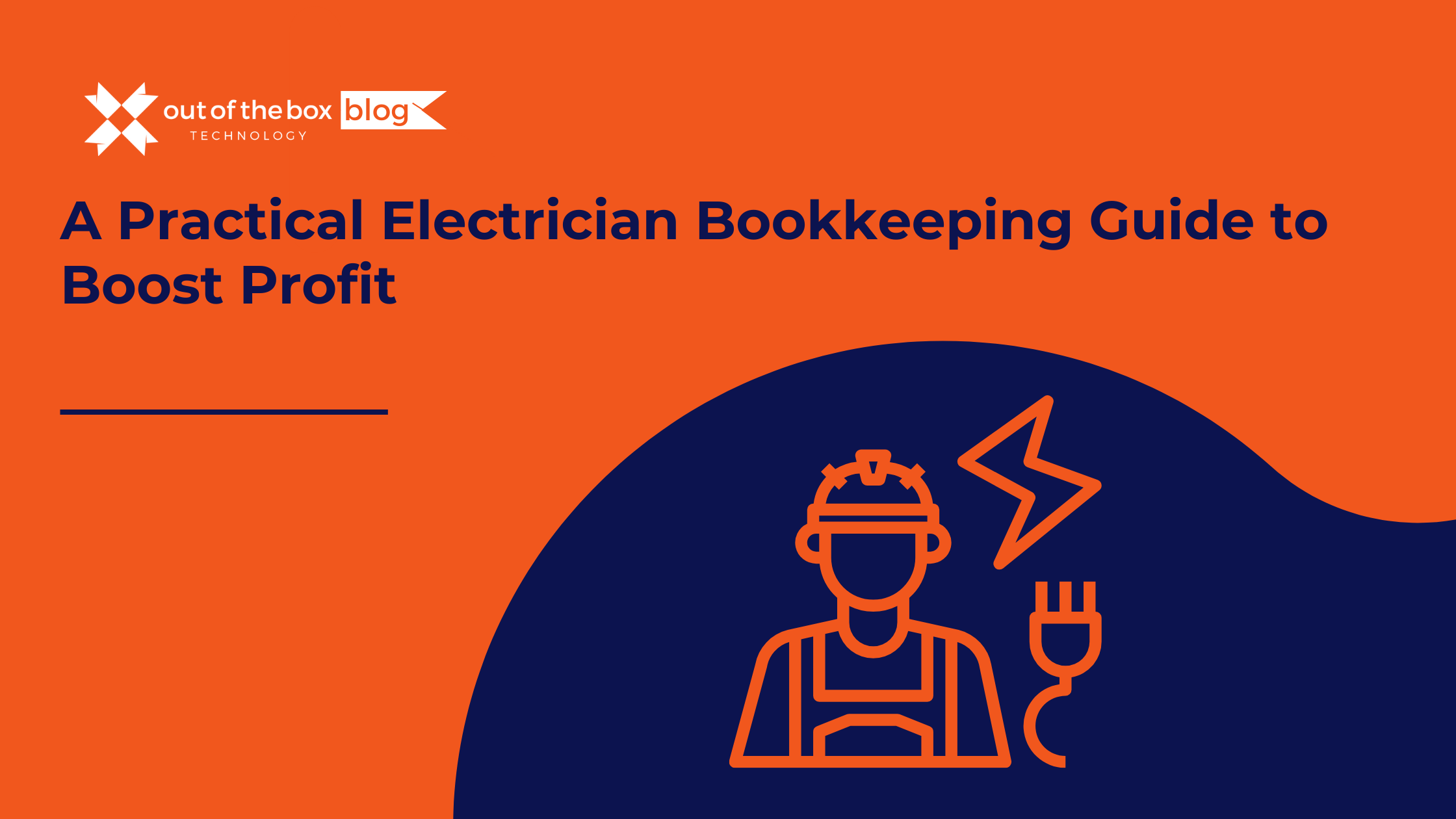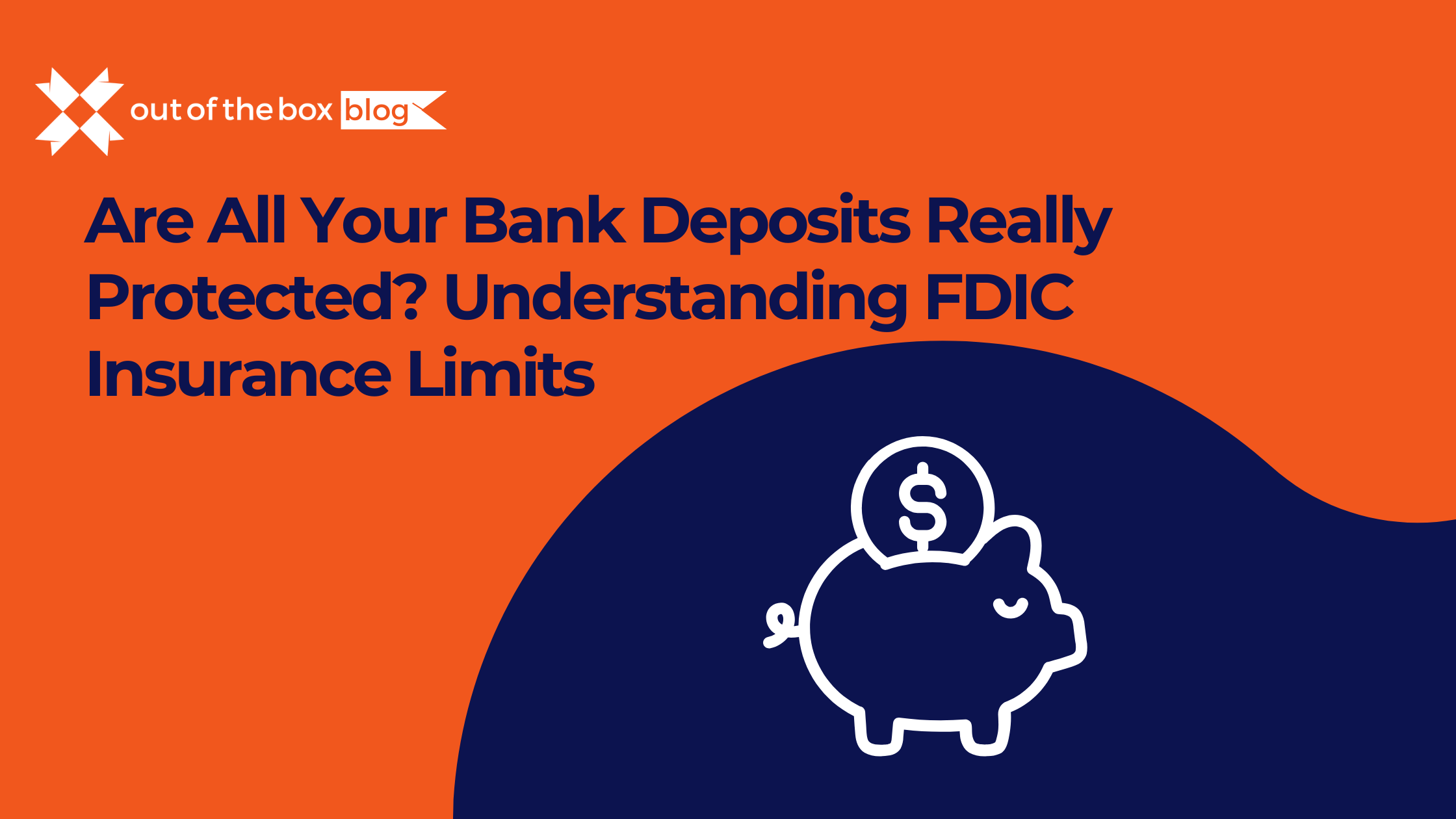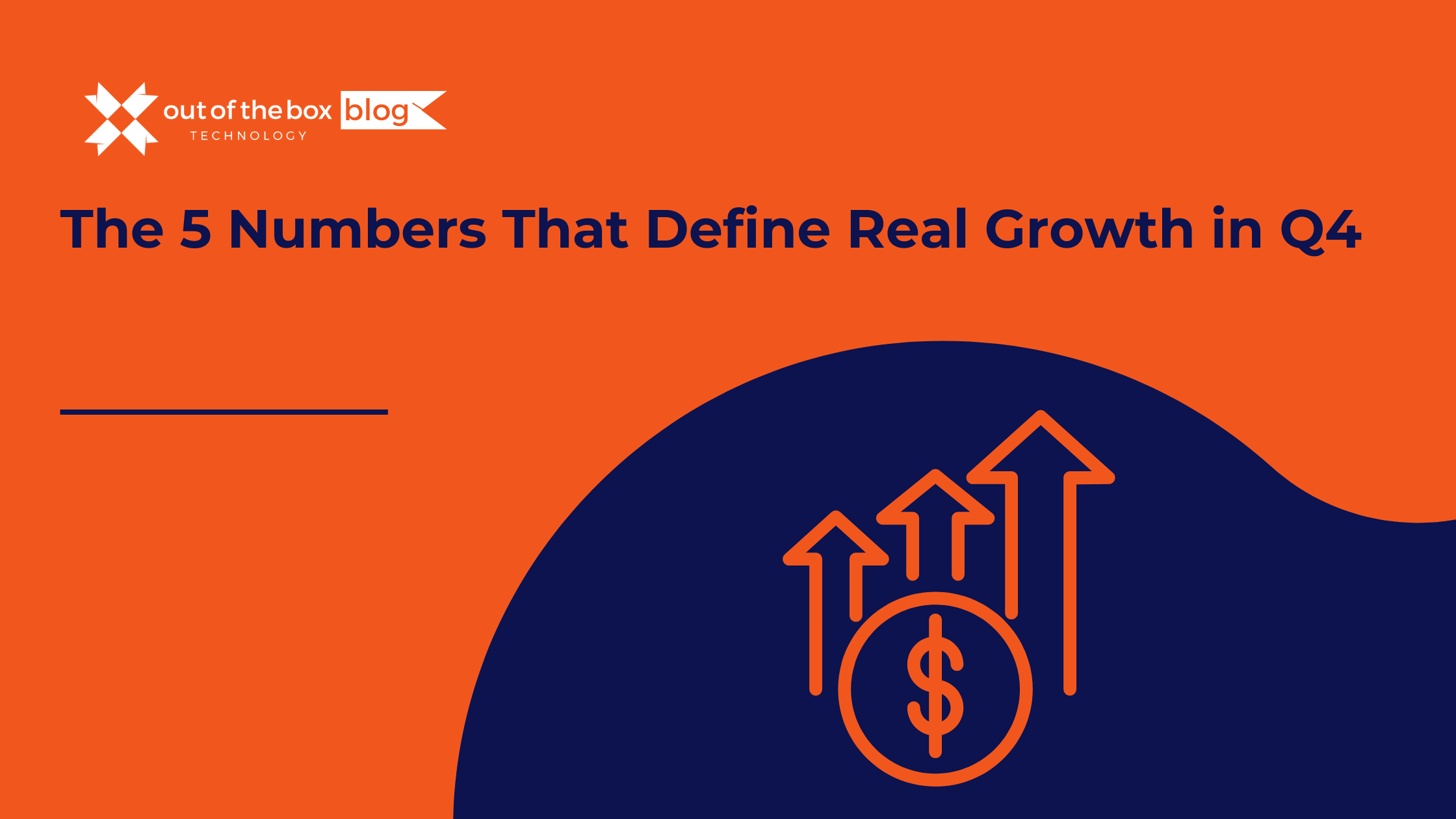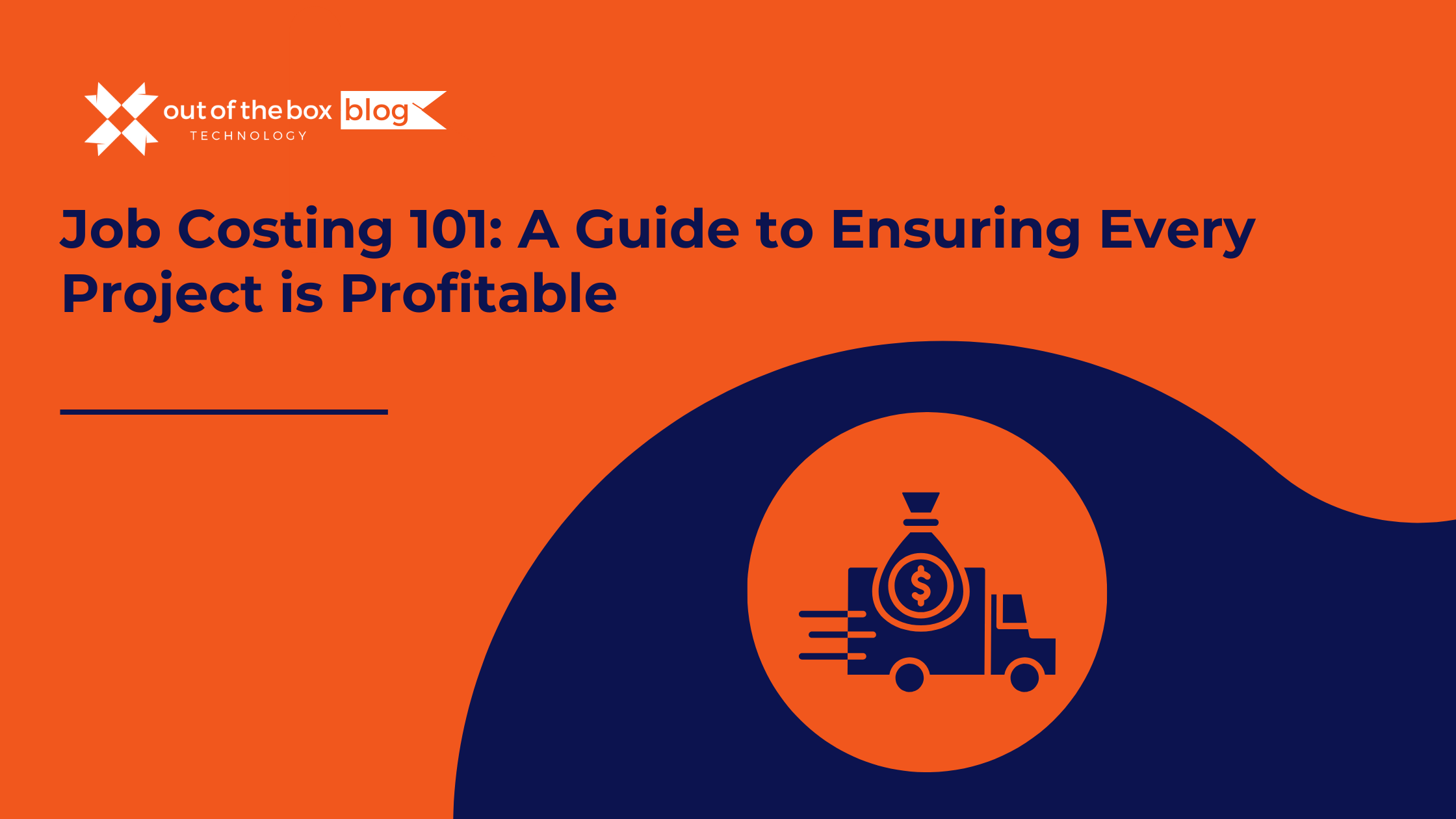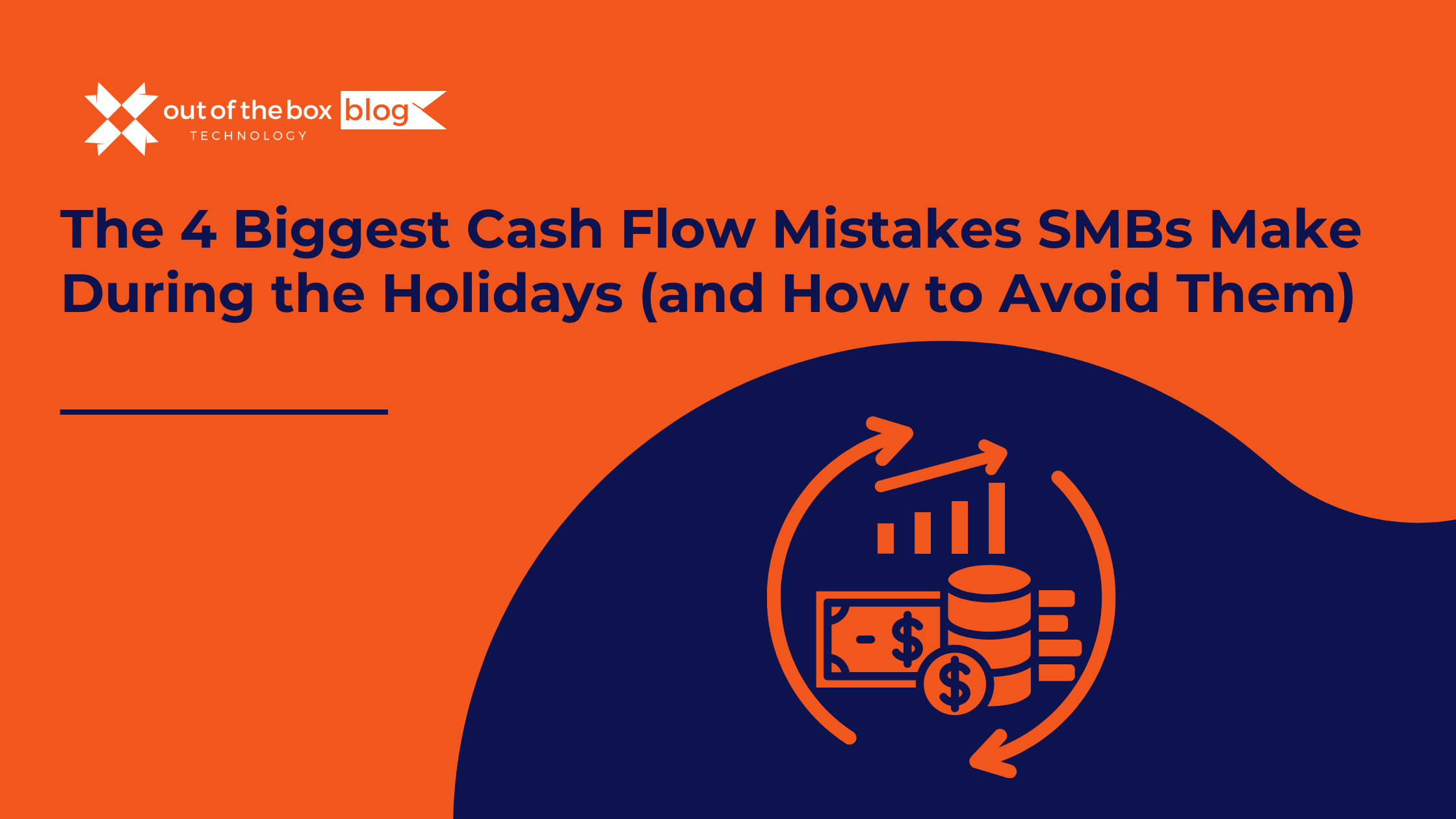As a skilled electrician, you are an expert at navigating complex wiring, ensuring safety compliance, and bringing power to homes and businesses. But for many electrical contractors, the most confusing circuit isn’t in a panel—it’s in their financial records. The journey from completing a service call to generating an accurate financial report is often fraught with messy receipts, forgotten invoices, and a vague sense of profitability.
Effective bookkeeping isn’t just about staying compliant at tax time; it’s the diagnostic tool for your business’s financial health. It tells you which jobs are truly profitable, where your cash is going, and how to plan for sustainable growth. Ignoring your books is like working on a live wire without a voltage tester—unnecessarily risky and potentially disastrous.
This comprehensive guide will walk you through the entire bookkeeping process, from the foundational setup to the high-level reports that empower you to run a smarter, more profitable electrical business.
## Step 1: Building a Solid Foundation (Before the First Call)
Just as you wouldn’t wire a house without a proper foundation and blueprint, you shouldn’t run your business without a solid financial structure. Getting this right from the start saves countless headaches later.
- Separate Business and Personal Finances: This is the non-negotiable first rule of business bookkeeping.
- Action: Open a dedicated business checking account and get a business credit card. All company income must go into this account, and all business expenses must be paid from it.
- Why it Matters: Commingling funds creates a nightmare for tracking expenses, understanding profitability, and can lead to serious legal and tax problems, especially if you’re an LLC or corporation. It “pierces the corporate veil,” putting your personal assets at risk.
- Choose the Right Accounting Software: A paper ledger or a simple spreadsheet can’t keep up with the complexity of an electrical business. Modern accounting software is essential.
- Recommendation: QuickBooks Online is the industry standard for a reason. It’s robust, cloud-based, and integrates with hundreds of other apps. Its features are perfect for managing job costing, invoicing, and expense tracking. Other options include Xero and FreshBooks.
- Data Point: According to a survey by Intuit, 84% of small businesses say that using QuickBooks has helped them grow their business.
- Set Up Your Chart of Accounts: Your Chart of Accounts is the backbone of your bookkeeping system. It’s a list of all the categories you use to classify your financial transactions.
- Action: Customize your Chart of Accounts to reflect an electrician’s business. Create specific income accounts (e.g.,
Residential Service Calls,Commercial Installations,New Construction) and expense accounts (Material - Wire,Material - Breakers,Vehicle Fuel,Permit Fees,Subcontractor Costs). This level of detail is crucial for accurate reporting.
- Action: Customize your Chart of Accounts to reflect an electrician’s business. Create specific income accounts (e.g.,
## Step 2: Mastering Job Costing for True Profitability
Do you know exactly how much money you make on each job? If you’re just estimating, you’re flying blind. Job costing is the process of tracking all costs associated with a specific project to determine its exact profitability.
Why It’s a Mistake to Skip This: Without accurate job costing, you might be losing money on certain types of work without even realizing it. It’s the only way to ensure your estimates are accurate and your pricing is profitable. A profitable electrical contracting business typically aims for a gross profit margin of 25-40% on jobs, before accounting for overhead.
How to Calculate Job Costs:
Total Job Cost = Direct Materials + Direct Labor (including burden) + Direct Expenses
- Direct Materials: This is every physical item you install.
- Example: For a panel upgrade, this includes the new panel, circuit breakers, wiring, connectors, and conduit.
- Best Practice: Use an app like Jobber or Housecall Pro that integrates with QuickBooks. Technicians can add materials used directly on their phone at the job site. Alternatively, create “bundles” or “kits” in your software for common jobs (e.g., a “Recessed Lighting Kit” with a pre-set cost for the housing, trim, bulb, and wire).
- Direct Labor & Labor Burden: This is the most commonly miscalculated cost. It’s not just the technician’s hourly wage.
- Labor Burden includes all the extra costs associated with an employee:
- Employer-paid payroll taxes (Social Security, Medicare)
- Federal and State Unemployment Insurance (FUTA/SUTA)
- Workers’ Compensation Insurance (a major expense in the trades)
- Benefits (health insurance, retirement contributions)
- Paid Time Off
- Data Point: Labor burden typically adds 20% to 35% to an employee’s base wage. So, a journeyman electrician you pay $40/hour might actually cost your business $52/hour. You must use this burdened rate in your job costing.
- Labor Burden includes all the extra costs associated with an employee:
- Direct Expenses: These are other costs directly tied to the job.
- Examples: Building permit fees, rental costs for specialized equipment (like a scissor lift), or specific subcontractor fees.
Job Costing Example: Residential Panel Upgrade
| Cost Category | Item | Calculation | Cost |
| Direct Materials | 200A Panel & Breaker Kit | 1 Kit | $450.00 |
| 30 ft of 4/0 SER Cable | 30 ft @ $9/ft | $270.00 | |
| Conduit, Connectors, etc. | Misc. Supplies | $80.00 | |
| Direct Labor | Lead Electrician | 8 hours @ $52/hr (burdened rate) | $416.00 |
| Apprentice | 4 hours @ $28/hr (burdened rate) | $112.00 | |
| Direct Expenses | City Permit Fee | 1 Permit | $125.00 |
| TOTAL JOB COST | $1,453.00 | ||
| Customer Price | $2,200.00 | ||
| Gross Profit | $2,200 - $1,453 |
$747.00 | |
| Gross Profit Margin | ($747 / $2,200) * 100 |
33.9% |
With this data, you know this job was healthily profitable. If the margin were 10%, you’d know you need to raise your prices or find cost efficiencies.
## Step 3: Streamlining Invoicing and Accounts Receivable
The job is done, but you haven’t made any money until the invoice is paid. Your Accounts Receivable (A/R) process—the system for getting paid—directly impacts your cash flow.
- Invoice Immediately and Accurately: Don’t wait until the end of the week. Send the invoice as soon as the job is complete, ideally from the field using a mobile app.
- Best Practice: Your invoice should be itemized, clearly stating the work performed and materials used. Reference the original estimate or quote number. Include clear payment terms (e.g., “Due Upon Receipt” or “Net 15”).
- Offer Multiple Payment Options: Make it easy for customers to pay you. The fewer barriers, the faster you get your money.
- Action: Accept credit cards, bank transfers (ACH), and online payments through a portal. Services like Stripe or the payment features within QuickBooks and field service software are perfect for this.
- Data Point: A study by Xero found that businesses offering more ways to get paid get paid up to twice as fast as those that don’t.
- Implement Progress Invoicing for Large Jobs: For projects that span weeks or months (like a new construction build-out), don’t wait until the end to get paid.
- Action: Structure your contract with clear payment milestones: e.g., 30% upfront for materials, 30% after rough-in, 30% after trim-out, and the final 10% upon completion and inspection. This protects your cash flow and reduces your risk.
- Automate Reminders: Don’t let unpaid invoices slip through the cracks.
- Action: Use your accounting software to automatically send polite reminders for overdue invoices at 3, 7, and 15 days past the due date. This saves you from having to make awkward phone calls and keeps your A/R aging low.
## Step 4: Tracking Every Dollar That Goes Out
Profit isn’t just about what you make; it’s also about what you keep. Meticulously tracking your expenses is critical for tax deductions and understanding your overhead.
- Digitize All Receipts: That shoebox full of faded thermal paper receipts is a recipe for missed deductions.
- Action: Use the QuickBooks mobile app to snap a photo of every receipt (from the supply house, gas station, or coffee shop for a client meeting). The software will scan it and help you categorize the expense.
- Manage Supplier Accounts: Track your payables to electrical supply houses. Enter bills as soon as you receive them with the correct due date. This helps you manage your cash flow by knowing what payments are due and when.
- Track Overhead Costs: Overhead are the expenses required to run your business but aren’t tied to a specific job. You must know these to price your jobs correctly.
- Common Overhead for Electricians:
- Vehicle loan payments, insurance, fuel, and maintenance
- General liability and workers’ comp insurance
- Shop or office rent and utilities
- Software subscriptions (QuickBooks, field service apps)
- Marketing and advertising costs
- Office supplies and phone bills
- Licensing and continuing education fees
- Action: At the end of each month, run a report to see your total overhead. This figure is used to calculate your “breakeven” point—the amount of revenue you need to generate just to cover your costs.
- Common Overhead for Electricians:
## Step 5: From Data to Decisions: Using Financial Reports
All this data entry culminates in financial reports. Learning to read them is like learning to read a blueprint—it shows you the structure of your business and where to focus your attention.
- Profit & Loss (P&L) Statement: This is the most important report for measuring profitability. It shows your income, your direct job costs (Cost of Goods Sold), and your overhead expenses over a period of time (e.g., a month or quarter).
- What it tells you: Did we make money this month? What is our gross profit margin? What is our net profit margin after all expenses are paid? (A healthy net profit for electrical contractors is often in the 8-15% range).
- Balance Sheet: This provides a snapshot of your company’s financial health at a single point in time. It shows what you Own (Assets), what you Owe (Liabilities), and your Equity.
- What it tells you: Do we have enough cash (asset)? How much debt are we carrying (liability)? What is the net worth of the business (equity)?
- Statement of Cash Flows: This report is crucial. It shows how cash moved in and out of your business. A profitable company on paper can still go bankrupt if it runs out of cash.
- What it tells you: Where did our cash come from (customer payments)? Where did it go (payroll, materials, loan payments)? This helps you anticipate and manage cash shortages.
## Conclusion: Powering Up Your Business Acumen
Your expertise as an electrician is what gets you in the door, but your financial acumen is what builds a lasting, profitable business. By implementing these bookkeeping principles—from establishing a solid foundation and mastering job costing to streamlining invoicing and leveraging financial reports—you move from being a reactive technician to a proactive business owner.
Treat your bookkeeping with the same precision and attention to detail you give to a complex wiring job. The result will be a business with a healthier cash flow, clearer profitability, and the power to grow on your terms.
## Frequently Asked Questions (FAQs)
Q1: What is a good net profit margin for an electrical contracting business? A: While it varies by location and specialty, a healthy net profit margin for an electrical contractor is typically between 8% and 15%. This is the profit left after all expenses, including overhead and taxes, have been paid.
Q2: Should I use cash-basis or accrual-basis accounting? A: Most small contractors start with cash-basis, which is simpler (income is recorded when you get paid, expenses when you pay them). However, accrual-basis accounting gives a more accurate picture of your profitability by recording income when it’s earned and expenses when they’re incurred, regardless of when cash changes hands. As you grow, especially if you handle large projects, moving to the accrual method is highly recommended. Consult your accountant.
Q3: What’s the best software combination for an electrician? A: A powerful and popular combination is QuickBooks Online for accounting, integrated with a field service management app like Jobber or Housecall Pro. This setup allows you to manage scheduling, dispatching, job costing, invoicing, and payment collection in the field, with all the financial data syncing seamlessly back to your accounting software.
Q4: How much should I set aside for taxes? A: A general rule of thumb for a sole proprietorship or LLC is to set aside 25-30% of your net income for federal and state income taxes and self-employment taxes. However, this is not a substitute for professional advice. A qualified accountant can give you a more accurate estimate based on your specific financial situation.
Q5: At what point should I hire a professional bookkeeper or accountant? A: Consider hiring a professional when you find yourself spending more than a few hours a week on bookkeeping, when you’re falling behind on invoicing or reconciling accounts, or when you feel you don’t fully understand your financial reports. A good bookkeeper can often save you more money than they cost by improving collections, catching duplicate payments, and freeing up your time to focus on revenue-generating work.
Your expertise with wires and circuits is what makes you a great electrician, but mastering the flow of money is what will make you a successful business owner. You now have the blueprint—from mastering job costing for true profitability to leveraging financial reports for smarter decisions. Implementing these systems is the single most important step you can take to move from simply working in your business to working on it.
But we understand that moving from a blueprint to a fully-wired, smoothly running financial system can be daunting. You don’t have to do it alone. To help you illuminate your path to greater profitability, we’re offering a free, no-obligation bookkeeping consultation specifically for electrical contractors. Let our experts review your current setup and provide a clear, actionable roadmap to help you increase your cash flow and power up your bottom line.
Stop guessing at your numbers. Schedule your free consultation today and take the first step toward true financial clarity.
